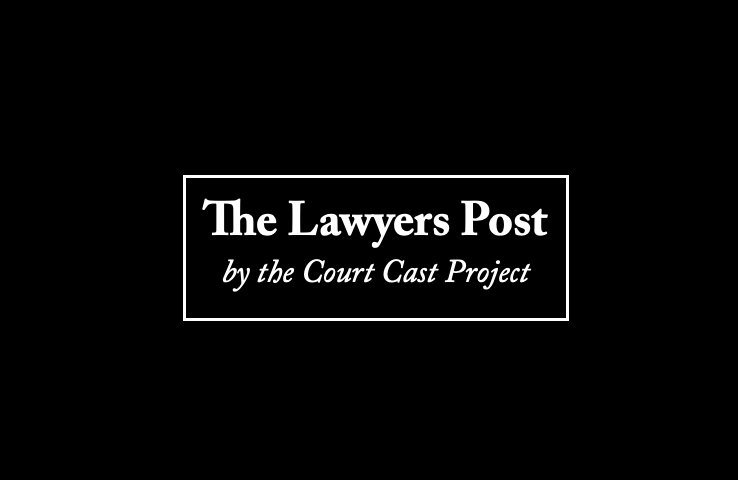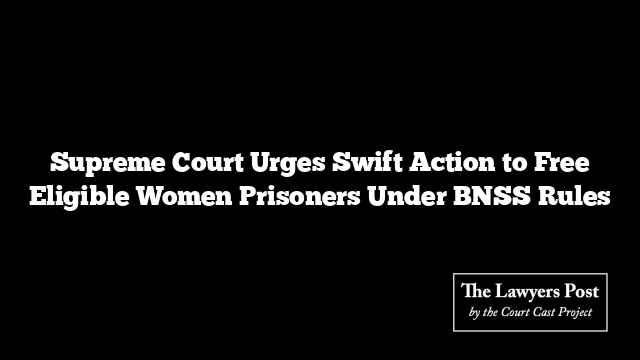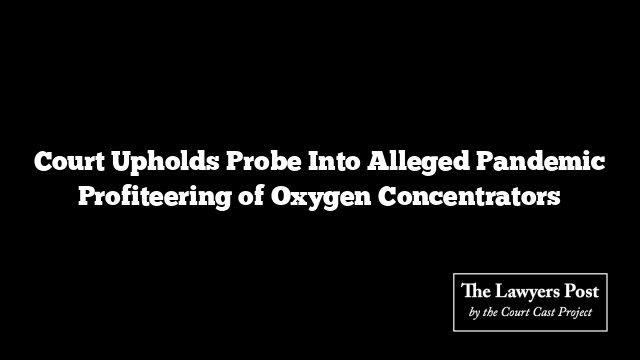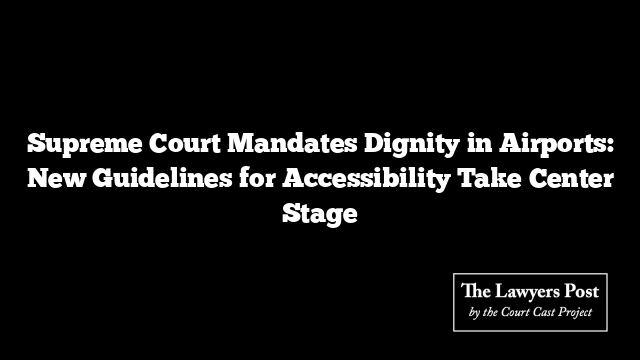The Supreme Court has called on jail superintendents across the country to take proactive steps in identifying women prisoners eligible for release under Section 479 of the Bharatiya Nagarik Suraksha Sanhita (BNSS), 2023. Emphasizing the need for focused efforts, the Court highlighted the importance of extending the provision’s benefits to deserving inmates, especially women.
While Section 479 applies universally, the bench pointed out the necessity of prioritizing cases of female prisoners. “Jail superintendents must personally ensure that eligible women prisoners are identified and given the opportunity to benefit from this provision,” the Court stated, underlining the law’s goal to alleviate overcrowding and ensure justice.
Clearing Pathways for Freedom
The Court also addressed the challenge of outdated prison records, stressing that some undertrials initially charged with severe offenses may now face lesser charges, making them eligible for release. Authorities were instructed to update these records promptly, avoiding delays in processing cases.
In its ongoing review of prison overcrowding, the Court reiterated that Section 479 applies retrospectively to all undertrials detained before July 1, 2024. This section seeks to curtail excessive detention by allowing release for those who have served half their maximum sentence—excluding individuals charged with life imprisonment or capital offenses. First-time offenders, meanwhile, are eligible for release after serving one-third of their sentence.
States Under Scrutiny
Despite the Court’s directives, several states, including Uttar Pradesh, Bihar, Tripura, and Goa, have yet to implement the provision effectively. The Court criticized their lax approach, urging immediate compliance to ensure the law benefits undertrials. Reports submitted by West Bengal and Uttar Pradesh were noted as examples of clear and structured documentation, offering a benchmark for other states.
The bench instructed states to adopt a standardized reporting format to streamline the process. Required details include prisoner names, crime details, time served, and progress on release applications. This uniformity aims to resolve inconsistencies and ensure clarity in tracking eligible cases.
Continuous Monitoring and Collaboration
Highlighting the dynamic nature of eligibility thresholds, the Court emphasized the need for ongoing reviews by Undertrial Review Committees (UTRCs). It called for active collaboration between jail authorities, District Legal Services Authorities (DLSAs), and State Legal Services Authorities (SLSAs), urging them to mobilize advocates and paralegal volunteers for regular updates.
The Court has demanded non-compliant states submit responses within two weeks, setting the next hearing for December 10, 2024. The directive underscores the judiciary’s commitment to addressing systemic inefficiencies and safeguarding the rights of undertrial prisoners across the country.





